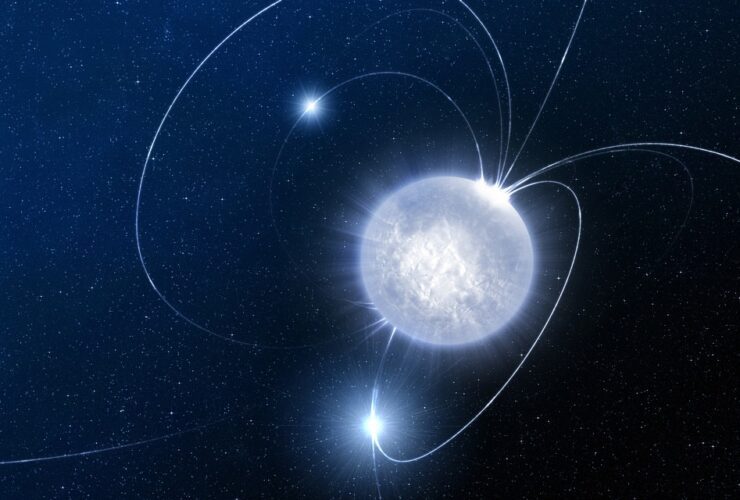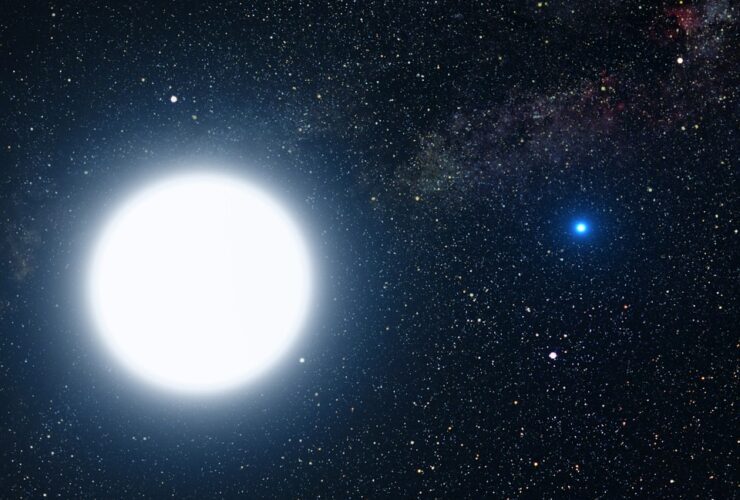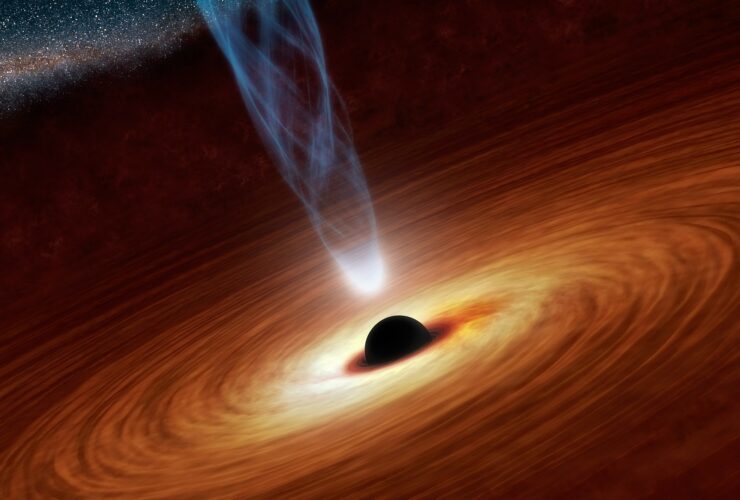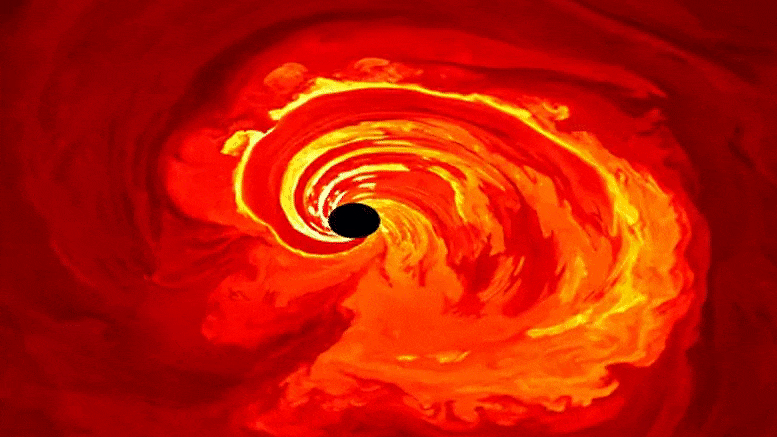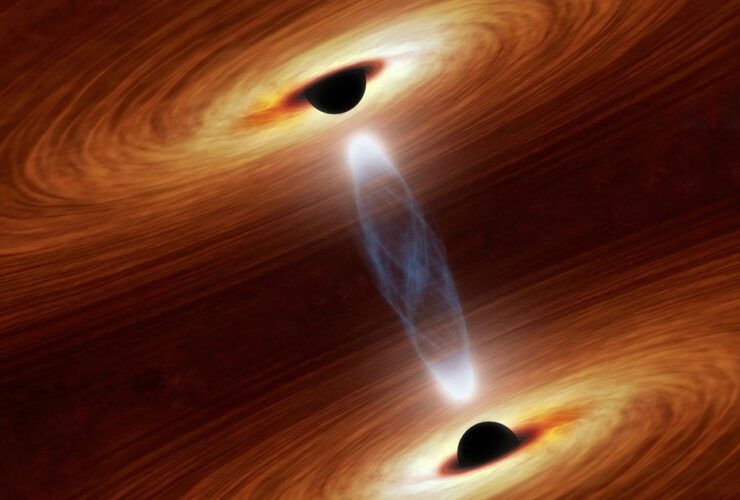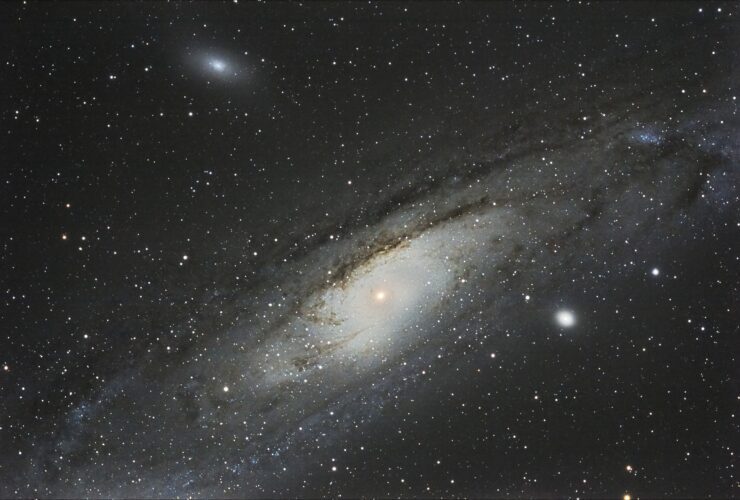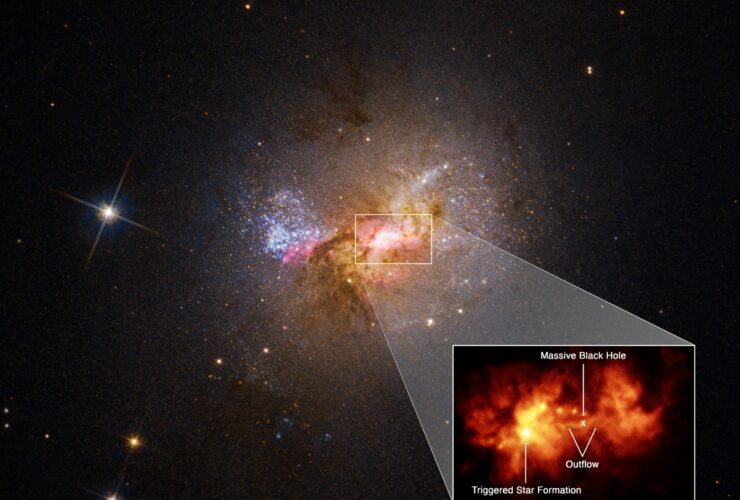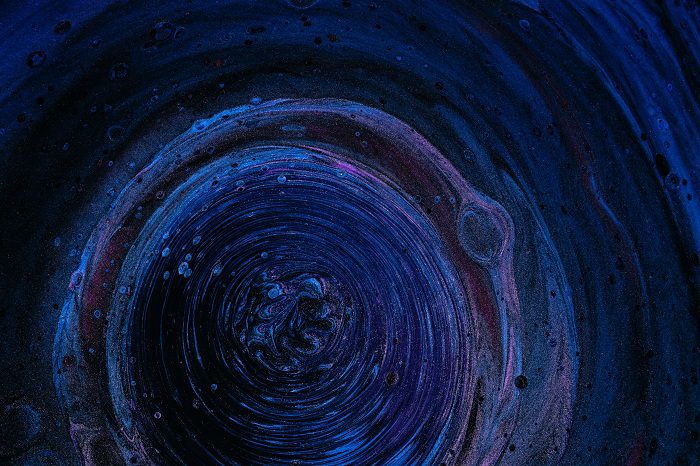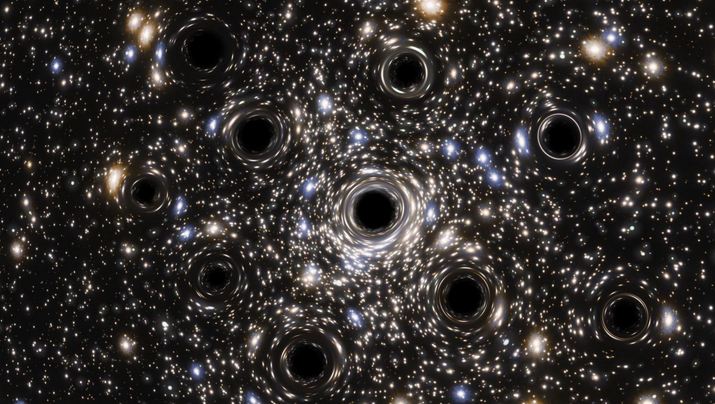A weird X-ray light observed in the skies three years after an incredible collision between two neutron stars is a scientific first. According to scientists investigating the area of space, the merger may have formed an afterglow from the kilonova ...
In 2020, a team coordinated by the European Southern Observatory (ESO) scientists announced the discovery of the nearest black hole to Earth, found in the HR 6819 system at a distance of only 1,000 light-years. However, other scientists, notably an international ...
A physicist at the University of Michigan is utilizing quantum computing plus machine learning to help comprehend the concept of holographic duality. Holographic duality is a mathematical concept that links particle theories and interactions with gravity theory. This conjecture implies ...
Breaking and reconnecting magnetic field lines at the event horizon unleash the energy from a black hole’s magnetic field, speeding particles that cause intense flares, according to researchers at the Flatiron Institute and its partners. The discoveries point to fascinating ...
A black hole’s structure is straightforward in the grand scheme of things. All you need to know is the black hole’s mass, electric charge, and spin to determine the structure of space and time surrounding it. However, things get complicated ...
Black holes remain one of the most elusive and mysterious types of space objects. It couldn’t be otherwise when we’re talking about space objects that defy even the laws of physics themselves. Nobody knows for sure what happens with matter ...
Black holes, often depicted as the deadly creatures of cosmos, ripping apart stars, devouring everything that gets too near, and trapping light, are now taking on a less evil role in the newest Hubble Space Telescope study. Detailed data from ...
Because we can’t detect black holes, we don’t know how many there are in the vast Universe. But it doesn’t imply we don’t have any options for figuring it out. Stellar-mass black holes are the crumpled cores of dead big ...
Black holes are scary enough not to look further into the depths of the Universe. These savages beasts rest at the galaxies’ centers, weighing millions of times the mass of the Sun. They’re also the most mysterious objects that continue ...
Astronomers already knew that Palomar 5 is a unique star cluster, and it’s located over 75,000 light-years away from Earth. While trying to understand the source of the cluster’s unique features, an international team of scientists led by the University ...

